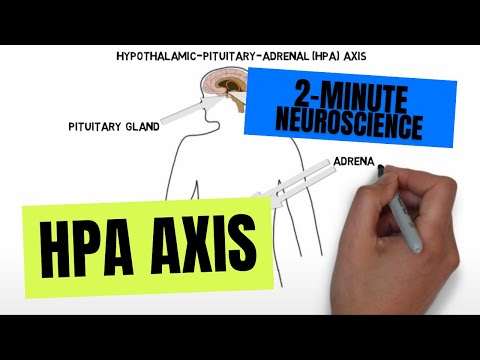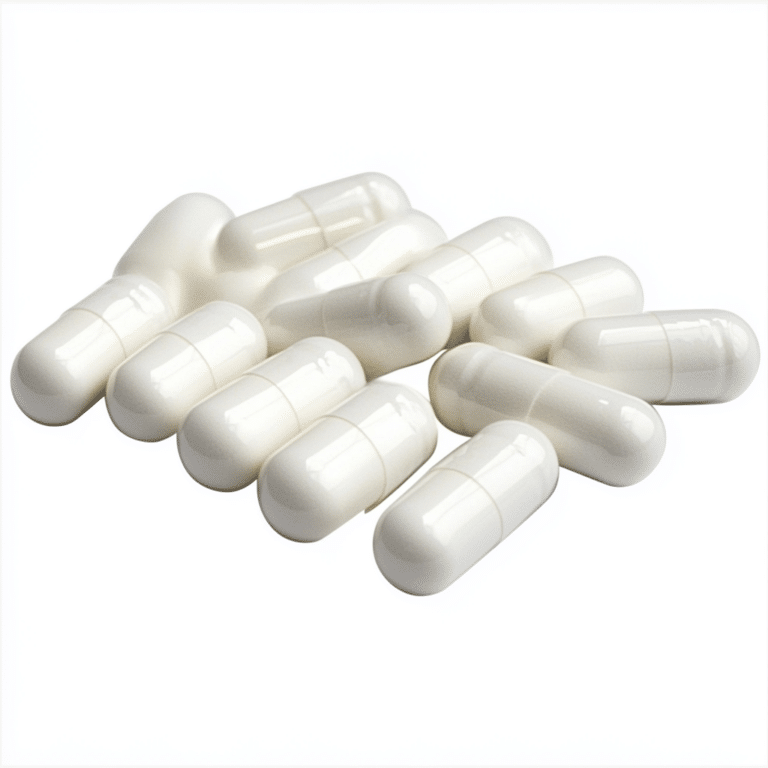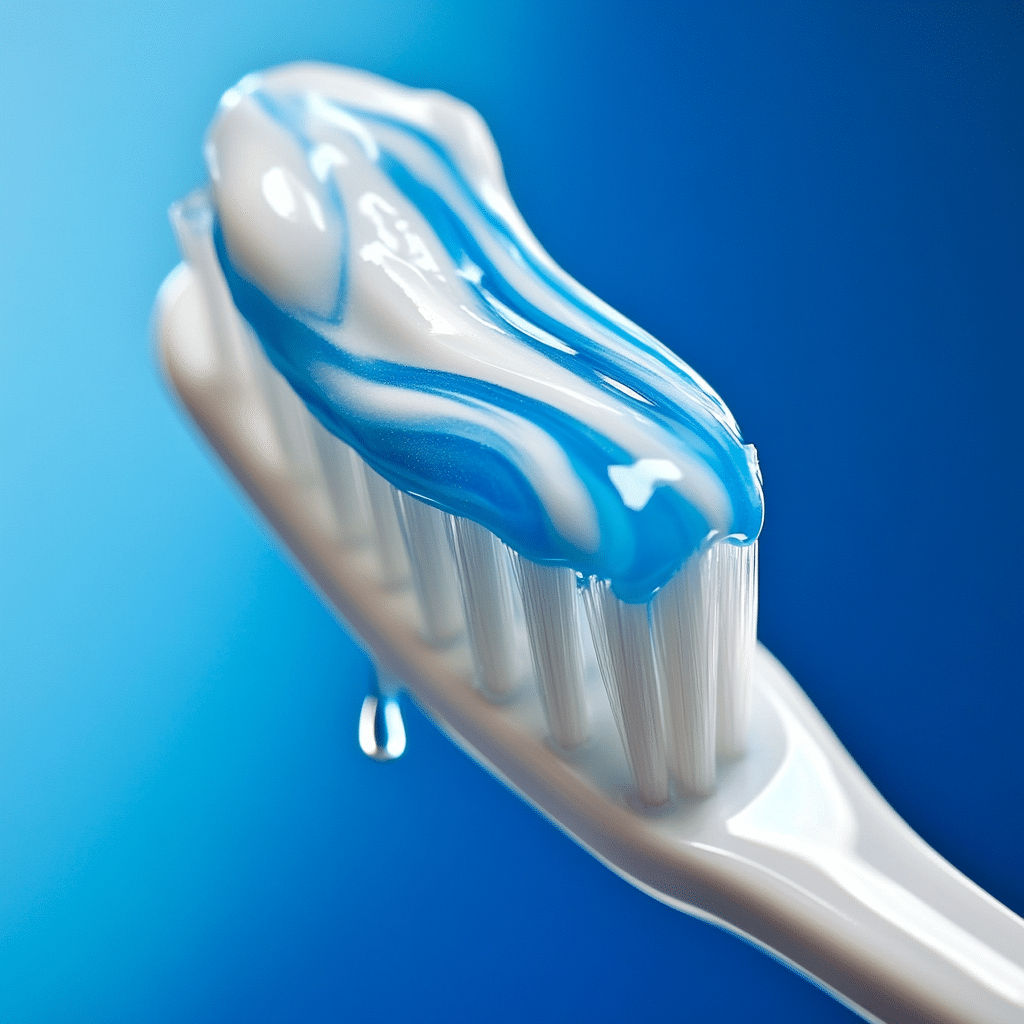Understanding the HPA axis—that stands for the Hypothalamic-Pituitary-Adrenal axis—could be the first step toward leaning into a life of strength and resilience. This powerhouse trio of the hypothalamus, pituitary gland, and adrenal glands works in concert to manage how our bodies react to stress. When you’re pushing yourself hard in the gym or tackling life’s curveballs, your HPA axis gets involved, releasing hormones like cortisol, the infamous stress hormone. Now, don’t get me wrong: cortisol isn’t the villain in this story, but too much of it—especially from chronic stress—can lead to anxiety and depression.
When your HPA axis is out of whack, your chance of achieving those shredded six-packs or bulging biceps diminishes. Resilience, or our ability to bounce back from stress, significantly relies on this axis doing its job correctly. Think of it like the ultimate workout routine; if one component isn’t functioning well, it can throw the whole performance off balance.

Top 5 Ways to Optimize Your HPA Axis for Better Stress Management
This one should come as no surprise. Resistance training and cardio aren’t just great for aesthetics; they help regulate your HPA axis as well. Focusing on major muscle groups—like the lat muscle, ql muscle (quadratus lumborum), and scm muscle (sternocleidomastoid)—can significantly boost your ability to handle stress. For example, high-intensity workouts like CrossFit efficiently engage multiple muscle groups, which has been shown to lower cortisol levels after exercise, making you feel like a champion!
Let’s take a moment to talk about the power of your mind. Mindfulness practices play a vital role in HPA axis regulation. Harvard Medical School research suggests that practicing mindfulness meditation can significantly lower cortisol levels. With apps like Headspace and Calm, you can explore techniques to boost focus and emotional durability, making you more prepared to tackle life’s hurdles.
Nutrition isn’t just a side note; it’s crucial for HPA function. Foods rich in Omega-3 fatty acids, like salmon and walnuts, are your best buddies in the quest to lower stress and enhance resilience. Don’t forget antioxidant-rich foods like blueberries—these tiny powerhouses help combat oxidative stress, keeping your body primed for action. You can explore options like the carnivore diet food list, focusing on protein-rich sources that aid muscle recovery and brain health.
You heard it before: sleep is king! Quality sleep is absolutely essential for a balanced HPA axis. Author Matthew Walker, in his book “Why We Sleep,” rings the bell loud and clear on this important topic. Maintaining regular sleep patterns and creating a restful environment can have a profound impact on your hormonal balance, preventing those pesky cortisol spikes from ruining your day.
Humans are social creatures. Emotional support goes a long way in regulating your HPA axis. Research published in the Journal of Psychosomatic Research indicates individuals with strong social networks show lower cortisol levels. Engaging with friends, participating in group workouts, or joining community activities can help fortify these connections, making it easier to handle stress.

The Interplay Between HPA Axis and Muscle Response: Strengthening Resilience
Alright, let’s connect the dots. The interplay between the HPA axis and key muscle groups—like the lats muscle, ql muscle, and scm muscle—is vital for physical and mental resilience. The SCM muscle is particularly important for stability during stressful situations. By strengthening these critical muscles with targeted exercises—think lat pull-downs for the lats muscle and side bends for the ql muscle—you not only improve your posture and performance but also enhance your body’s physiological response to stressors.
Imagine cranking out a set of lat pulldowns; not only are you building muscle, but you’re also actively teaching your body how to manage stress more effectively. When your posture improves, you open up your breathing and allow for optimum hormonal balance, setting the stage for a stress-resilient lifestyle.

Innovative Strategies to Enhance Resilience Through HPA Axis Awareness
Fostering resilience isn’t a one-size-fits-all approach—it’s about intertwining various strategies with a special focus on the HPA axis. A solid fitness routine, an empowering diet, quality sleep, and a supportive social circle are significant factors. But innovation doesn’t stop there.
Wearable technology like WHOOP and Oura offers real-time insights into your stress levels and recovery. This allows you to tailor your lifestyle choices and fitness routines based on hard data, maximizing your resilience. Plus, personalized nutrition and fitness plans can meet your unique needs, enabling you to unlock your full potential.
Taking control of your HPA axis is about transforming your journey. By integrating these strategies into your daily life, you can dramatically enhance your capability to handle challenges and lead a balanced life. Achieving a harmonious relationship between your physiology and lifestyle sets the stage for long-lasting health and fulfillment.
Remember, it’s time to crank up that intensity—be it in the gym, at your job, or in personal relationships. Strengthening your HPA axis lays a solid foundation for tackling stress head-on and sculpting the body of your dreams. So let’s work on getting shredded and thriving in every way possible!

HPA Axis: Secrets Unlocked for Stress and Resilience

Understanding the HPA Axis
The HPA axis, short for the hypothalamic-pituitary-adrenal axis, plays a crucial role in our body’s reaction to stress. When we’re under pressure, whether it’s from work, relationships, or even those pesky flu B Symptoms, the HPA axis kicks into action, releasing hormones that help manage our stress response. Interestingly, the foods we eat, such as those listed in the carnivore diet food list, can significantly impact how effectively this axis operates. Incorporating the right nutrients can promote resilience, smoothing out our responses to stressors.
The Superheroes of Resilience
Fun fact: Did you know that our bodies can adapt their stress responses through lifestyle changes? Engaging in practices like mindfulness and regular exercise can help “train” the HPA axis to react more calmly in stressful situations. Just as characters in films, like Jesse Spencer starring in some thrilling dramas, must adapt to their challenges, our bodies are resilient and capable of developing strategies to manage stress effectively. Taking charge of our diets and wellness can make a big difference, leading us to a happier, healthier life where stress doesn’t control us, but we control our stress.
Trivia That Packs a Punch
Here’s a mind-boggling tidbit: Your body’s stress response also influences your gut health. If you’ve ever wondered about odd symptoms like blood When I wipe but not in stool, it might just be your HPA axis making an unexpected cameo. Stress can disrupt your gut, leading to digestive issues. Furthermore, the surprising fact is that during the Trimesters Of pregnancy, the HPA axis undergoes significant changes to support both mother and baby.
So, how does the HPA axis connect to the wild world of social media? The rise of online personalities, like in the case of Sadie Mckenna Leaked content, showcases stressors beyond our day-to-day lives but also reminds us of the importance of resilience. Stress management isn’t just about facing the typical pressures but about understanding and adapting to external influences that test our limits. Whether it’s navigating life challenges or nonsensical phenomena like branch Trolls branch trolls, equipping ourselves with knowledge about the HPA axis can set us on a path to mastering our stress response. Just remember, life’s a roller coaster, but with the right tools, we can ride it smoothly!



























